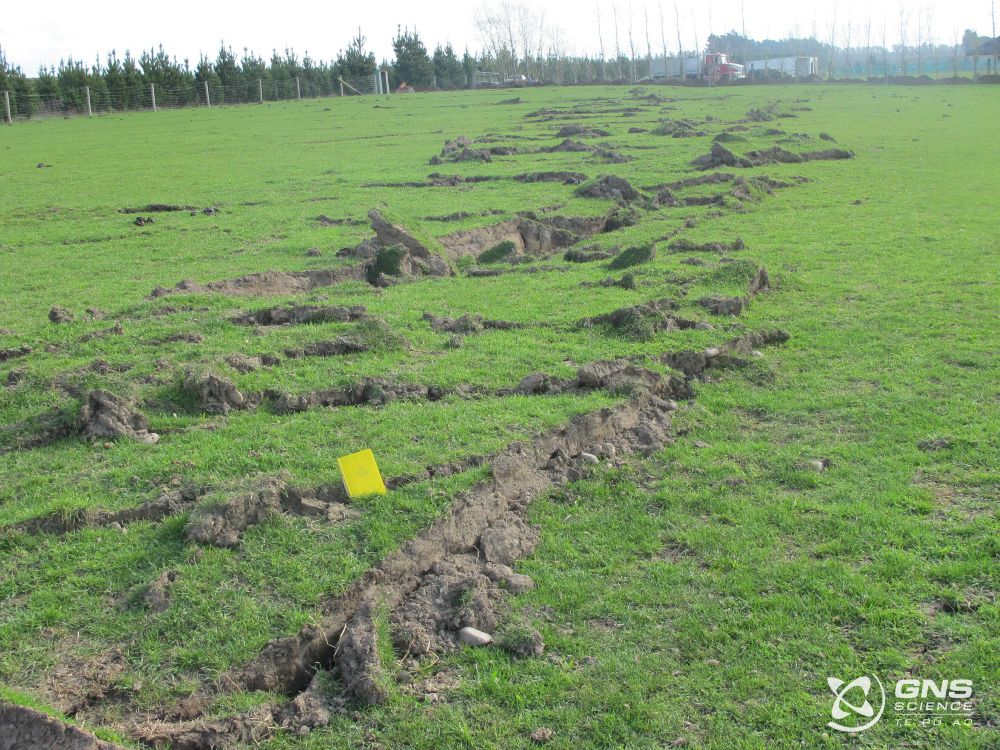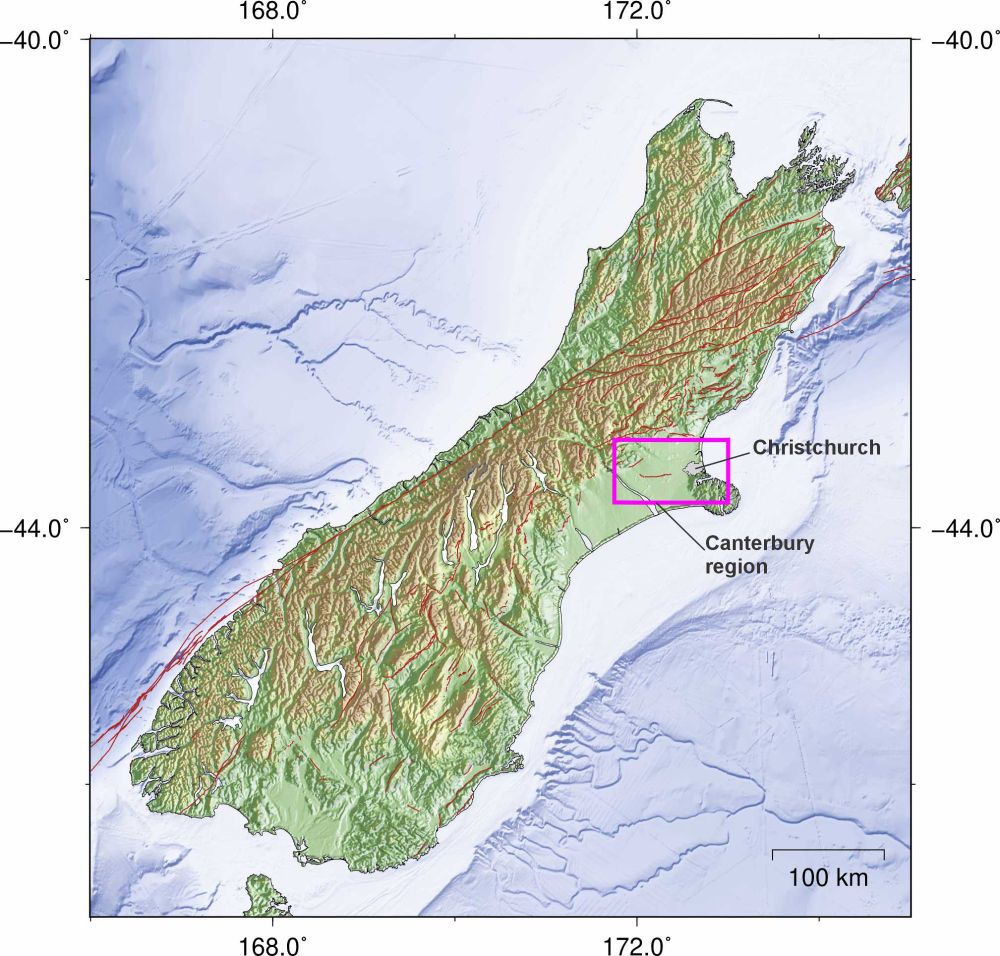John Ristau 🇨🇦 🇳🇿
@earthquakenz.bsky.social
2.3K followers
530 following
290 posts
Canadian-New Zealand seismologist in New Zealand. Mostly following and posting about earthquakes and seismology-related things, but occasionally other things that interest me.
Posts
Media
Videos
Starter Packs
Reposted by John Ristau 🇨🇦 🇳🇿




















